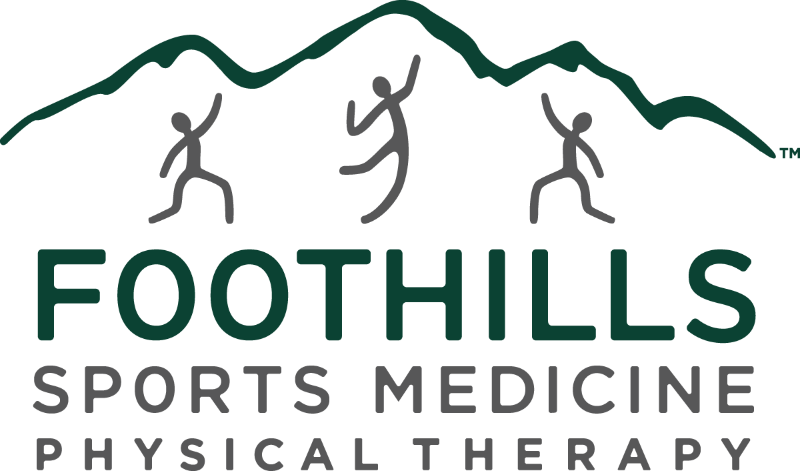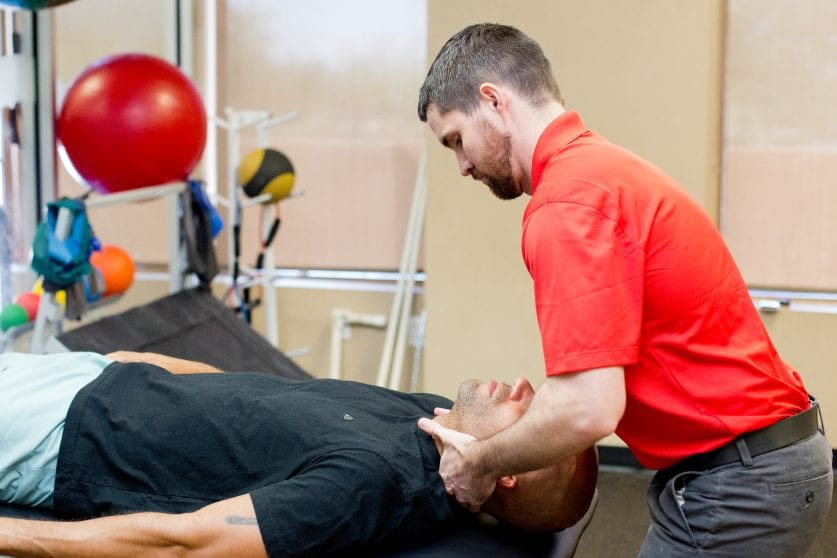There are many definitions of manipulation, but the overall consensus is that it is a manual physical therapy technique in which a passive movement is applied to a joint with small amplitude and in a quick fashion. This is also known as high-velocity, low-amplitude thrust manipulation. The origin of the resulting cavitation, or “pop,” is not entirely known. The most widely accepted theory revolves around the production of gas bubbles as the joint space increases, followed by the collapse of the gas bubbles, which produces the “popping” sound. Having a joint manipulated or “popped” can be intimidating. However, when performed correctly by a skilled physical therapist, it is incredibly safe. In regards to the spine, according to one study, the risk of worsening a lumbar-disc herniation is 1 in 3.7 million. “Cracks” or “pops” in our joints are common. Sometimes the joint popping is intentional, and other times it is random and unexpected. Often, this “pop” leads to a decrease in pressure or discomfort in that joint.
Your therapist will screen you for any red flags or contra-indications, which may exclude you from being a candidate for manipulation. Once it is deemed appropriate for manipulation, the therapist will place you in the proper position depending on which joint is being manipulated. They will then apply a small but rapid force to the joint, causing cavitation in which you will likely feel one or multiple “pops.” These manipulations can be performed at various levels of the spine —the lumbar (low back), thoracic (mid-back), or cervical (neck) —as well as joints away from the spine. Your physical therapist will decide the proper area to manipulate based on your symptoms.
Many are familiar with the manipulation of the spine, but “peripheral,” or joints away from the spine, can also be manipulated. These areas can help treat several injuries and are often used in conjunction. For example, lateral epicondylitis (tennis elbow) is a common injury that presents with pain in the outside area of the elbow. Research has shown that manipulation of the elbow and the cervical spine or neck can improve outcomes with this condition. In addition to spinal and peripheral manipulation, you will receive other manual therapy techniques and exercise to re-enforce the effects of the manual methods performed and help you on your way to recovery.
The intentional manipulation of the spine and peripheral joints can be used as a physical therapy treatment to facilitate movement and relieve pain for various conditions. You are a potential candidate for spinal and peripheral manipulation if you have been diagnosed with or are experiencing low-back pain, neck pain, mid-back pain, headaches, jaw pain, disc bulge, lateral epicondylitis, shoulder impingement, hip pain, as well as other conditions. Please schedule an appointment, and one of our physical therapists will walk you through the process.




